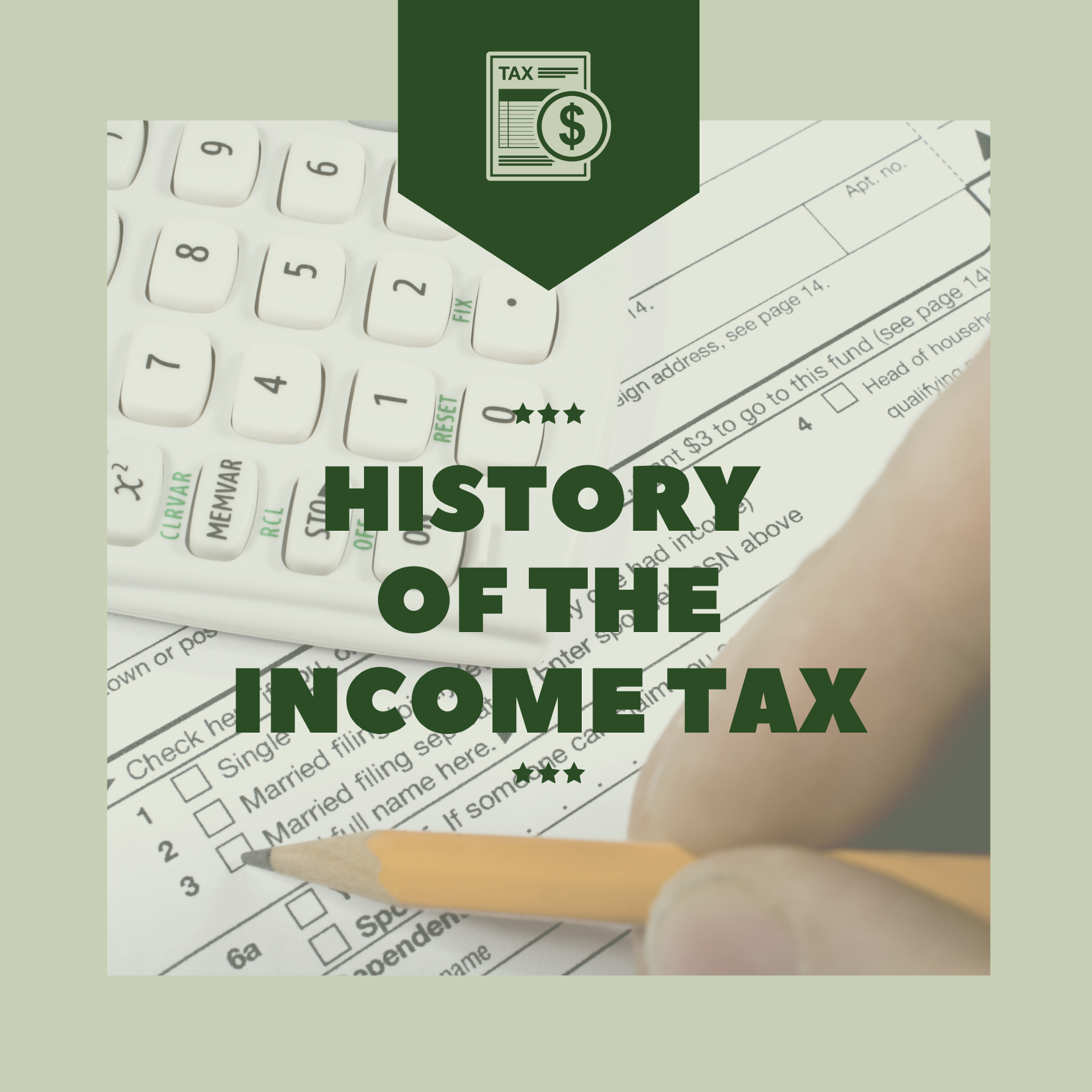
As we approach the end of this crazy year, it is time to seize some tax savings. Once the calendar flips to 1/1/21 the vast majority of tax breaks vanish. 2020 was a cataclysmic year ushering in an unpredictable new normal. Occasionally, I like to remind my readers that taxes are complicated. Make sure you get specific advice from an expert who understands your situation. These articles are for the enjoyment and education of the readers, not specific tax advice. With 2021 approaching, here are a few tax savings actions to consider.
1. First, make sure you take advantage of the new charitable contribution deduction which is allowed even if you do not itemize. Because the Standard Deduction was doubled in 2018, more than half the people who used to itemize their deductions do not. If you are among those who continue to itemize, you can continue to claim deductions for your charitable donations. However, the CARES Act allows anyone who files a 2020 tax return to take a $300 deduction for gifts to charity. Obviously, you must have actually donated $300 to a qualifying charity. Remember that any donation for $250 or more needs to be supported by a receipt from a charity expressly stating that no goods or services were received in exchange for the gift. For contributions less than $250, your cancelled check works. If you haven’t made a charitable donation yet in 2020, do it now!
2. Since COVID-19 disrupted our economy, many people were adversely affected, and their income is much lower in 2020. This might be the perfect time for a Roth conversion. I love Roth IRAs because they will never be taxed if used for retirement. Obviously, you must own a traditional IRA already before it can be converted. There will be tax this year on the portion you convert from an IRA to a Roth, but it is a good idea for many reasons.
3. Another great idea for tax savings involves retirees who do not need their required minimum distributions (RMD) to pay their monthly expenses. I heartily recommend they take their RMD as a QCD (Qualified Charitable Distribution). Have your IRA custodian issue a check to your favorite charity before the end of the year. Traditional IRA owners may transfer up to $100,000 per year to their favorite charity and avoid the tax on the RMD! The otherwise taxable RMD completely avoids tax because it is not reported on your tax return as income. (Note, you cannot double dip and also claim a charitable contribution for your QCD.)
4. As cash basis taxpayers, most people who formerly itemized may want to consider alternating between the standard and itemized deductions. To implement this strategy takes some planning and discipline. In the year you plan to take the standard deduction, you try to avoid paying for things that are deducible on Schedule A. In the year you plan to itemize (by claiming deductions on Schedule A) consider prepaying your real estate taxes and charitable contributions. Because of the $10,000 limit on taxes, it is not as effective as it once was. Also, don’t surprise your mortgage lender by not paying your house payment for 12 months. Everything has limits.
5. If you are a business owner and received a PPP Loan, remember to file a request for abatement within 10 months of the dispersal date. As I recall, the first PPP loans were approved and issued in late March, so you need to file the correct forgiveness paperwork by late January. It would be a shame to receive funds from a loan that was intended by Congress to be forgiven just to have it default to a traditional loan that must be prepaid.
6. If your income is down this year and you have appreciated assets, I suggest that you capture the 0% capital gain rate. If your taxable income is below $80,000 for a married couple filing a joint return ($53,000 for HH, $40,000 single or MFS) you can sell assets owned for more than one year and legally avoid capital gains tax. The thresholds are the key. For example, if you are married with taxable income of $60,000, you could sell investments with a $20,000 gain and not owe any capital gains tax. That same couple with $90,000 of long-term gains would avoid tax on the first $20,000 of capital gains but would pay capital gains tax of 15% on the remaining $70,000.
7. An old strategy used for years by farmers, ranchers and business owners is to purchase assets before the end of the year. However, I have never been one to suggest buying an asset for a tax break. Why spend money for something you don’t need when your current machine is working well? Assuming a combined tax rate of 40% and an asset purchased for $100,000 (expensed in the year of purchase) would result in a refund of $40,000 ($100,000 * 40% tax rate). Unfortunately, the taxpayer is out $60,000 in cash related to that purchase. Please remember the new asset must be placed in service before yearend.
In conclusion, 2020 is close to being a memory. Consider some of the concepts above to save taxes before 2020 ends. Readers with large tax bills may want to consider the following advanced tax reduction strategies: charitable remainder trusts, fee simple charitable donations, cost segregation (if you own real estate), a Section 453 installment sale (if about to sell highly appreciated assets), or perhaps even a conservation easement. These are potent tax protection strategies that are highly technical and beyond the scope of this article.
Aric Schreiner, CPA, PFS, Certified Tax Strategist, helps successful professionals and small business owners strategize to reduce taxes and audit risk.




